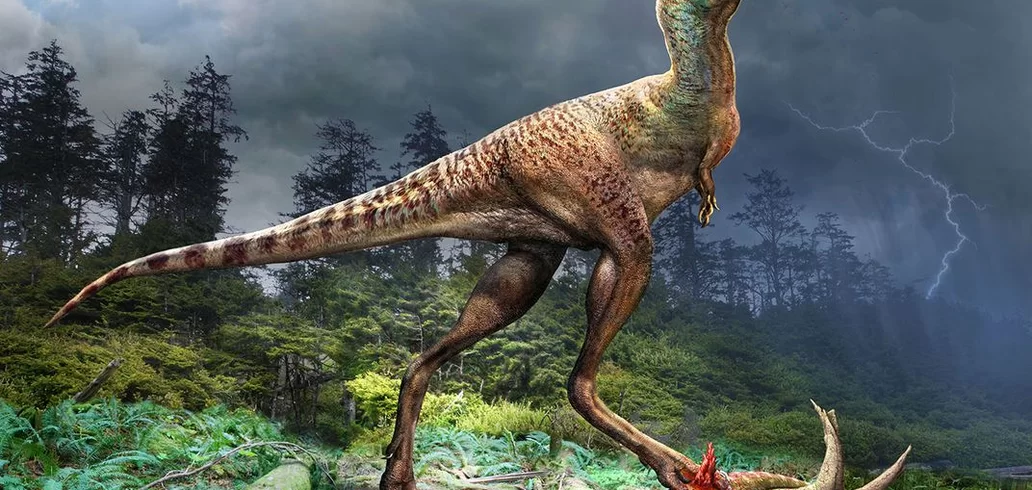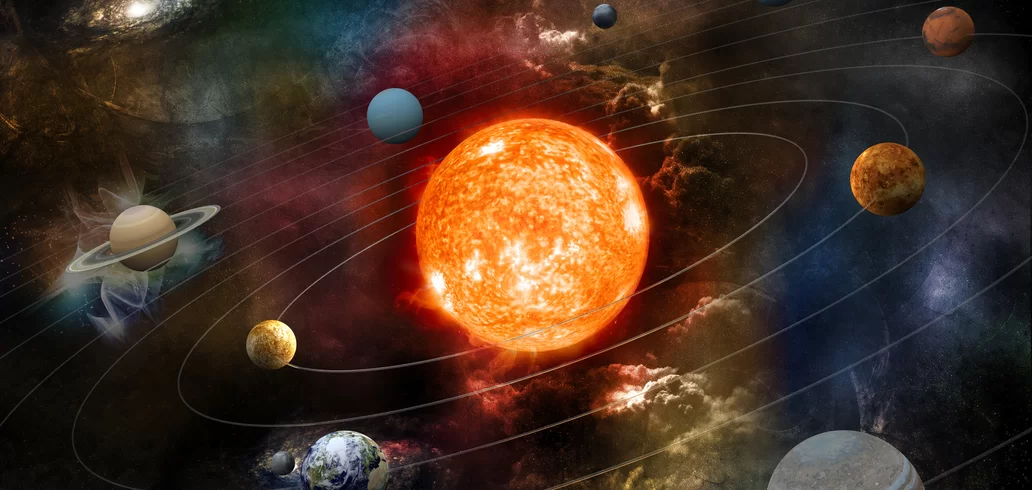Curiosities
Bobbit worm: the brilliant earthworm with retractable jaws
Advertisement
Unique features
The Bobbit worm, officially known as Eunice aphroditois, has several unique characteristics that make it fascinating:
1. **Sharp Retractable Jaws:** Its jaws are extremely sharp and can be retracted, similar to a guillotine blade, allowing it to capture prey quickly.
2. **Impressive size:** Some specimens of Eunice aphroditois can grow up to 3 meters long, making them one of the largest known polychaete species.
3. **Underwater habitat:** It lives on the ocean floor, buried in sand or sea mud, where it builds its burrows.
4. **Hunting Strategy:** The Bobbit Worm is an aggressive hunter. It lies partially buried in the sand, with only its antennae protruding, and waits for unsuspecting prey to come close before quickly striking with its jaws.
5. **Camouflage:** Its coloration and ability to bury itself in the sand help it to camouflage itself in the marine environment, making it more effective in hunting.
6. **Reproduction:** Little is known about its reproductive behavior, but like other polychaetes, it likely has a complex life cycle, with planktonic larval stages.
These unique characteristics contribute to the Bobbit worm's survival and success in its marine environment.
Life in captivity
Life for the Bobbit worm in captivity can be challenging due to its specific needs and the unique environment it lives in on the ocean floor. However, here are some considerations for keeping it in captivity:
1. **Suitable environment:** You would need to replicate the conditions of the ocean floor in an aquarium large enough to accommodate a Bobbit worm. This includes a suitable substrate layer, such as sand or sea silt, and enough space for the worm to dig burrows.
2. **Feeding:** Feeding can be a challenge, as the Bobbit worm is a predator. It would be necessary to provide a varied diet of fish, invertebrates, and possibly other live foods to meet its dietary needs.
3. **Burrowing Behavior:** The Bobbit Worm is known for its ability to dig burrows in sand or sea silt. It would be important to provide a substrate that allows it to exhibit this natural behavior.
4. **Safety:** Due to the size and predatory nature of the Bobbit worm, it would be essential to ensure the safety of the other animals in the aquarium. They would need to be kept separate from any potential prey to avoid attacks.
5. **Constant Monitoring:** Due to the lack of complete understanding of the Bobbit Worm's needs and behavior in captivity, it is important to monitor them closely to ensure their well-being and health.
However, it should be noted that keeping a Bobbit worm in captivity can be complex and require significant resources, as well as a deep understanding of its biology and behavior. Therefore, it is crucial to carefully consider the challenges and responsibilities involved before attempting to keep one in captivity.
Trending Topics

Badoo in 2025: Discover the advantages of using the app
Badoo is the right choice for those looking for real connections, advanced security and verified profiles. Find out more!
Keep Reading
Bumble is different: female control and millions of real connections
Bumble is a dating app that combines female control, verified profiles and real connections in a safe and modern environment.
Keep ReadingYou may also like

We tested the best apps to recover deleted photos
See the real results! We tested the best apps to recover deleted photos and found the ones that really deliver what they promise.
Keep Reading

